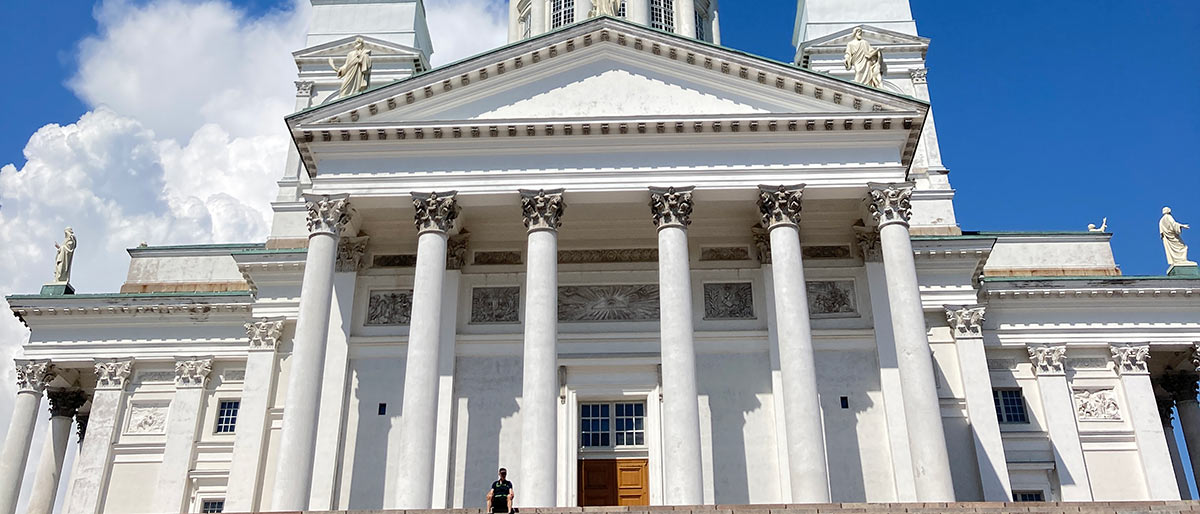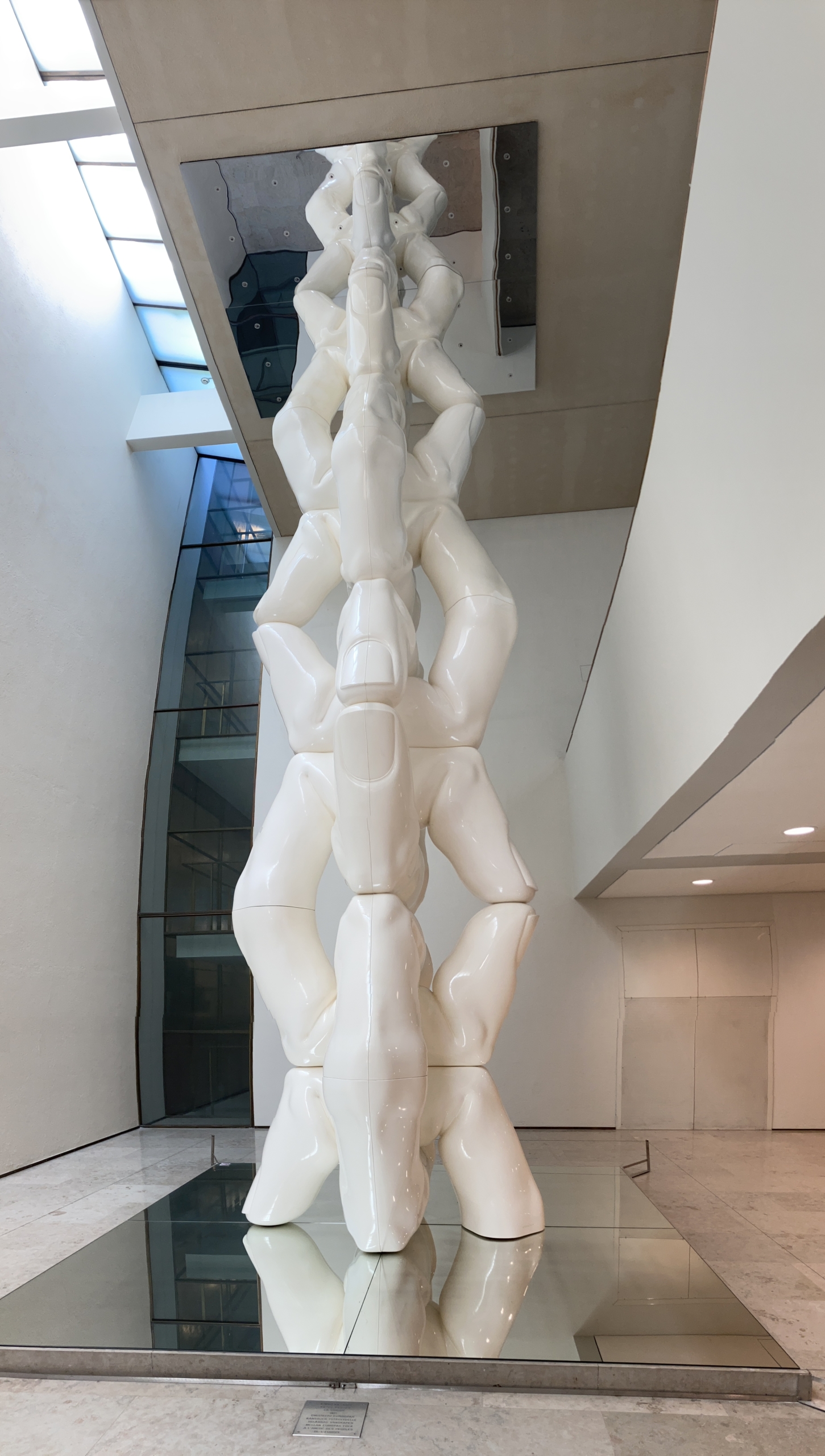- be_ixf; php_sdk; php_sdk_1.4.18
- 8 ms
- iy_2025; im_12; id_04; ih_01; imh_36; i_epoch:1.76484096501E+12
- ixf-compiler; ixf-compiler_1.0.0.0
- py_2025; pm_10; pd_08; ph_06; pmh_57; p_epoch:1.75993182768E+12
- link-block; link-block_link-block; bodystr
- pn_tstr:Wed Oct 08 06:57:07 PST 2025; pn_epoch:1.75993182768E+12
- 0 ms
- be_ixf; php_sdk; php_sdk_1.4.18
- https://sou.edu/academics/honors-college-democracy-project-2023-nordic-dispatches-week-three/
- https://sou.edu/academics/honors-college-democracy-project-2023-nordic-dispatches-week-three/

Art as a public good: Comparing Nordic countries and the U.S.
During the SOU Democracy Project’s visit to the Nordic Countries in the Summer of 2023, students were able to see many works of art across nations. These included street art, statues, places around cities, amazing art museums and so much more that exemplified the Nordic beliefs about art and its role in society.
Art has long been considered a powerful expression of culture, creativity and identity. The perception of art as a public good varies across different societies, shaped by cultural, educational and political factors. The Nordic countries, known for their robust social welfare systems and emphasis on equality, have embraced the idea of art as a public good, integrating it into their educational systems and government budgets. In contrast, the United States, while valuing art, approaches it with a different perspective due to its distinct socio-economic and political landscape.
The Nordic countries (which include Denmark, Finland, Iceland, Norway, and Sweden), share a common approach to art, viewing it as an essential element of society that contributes to individual well-being and community development. These countries have integrated art into various aspects of public life, emphasizing accessibility, participation, and support for artists. All of the countries have different approaches to prioritizing art and artistic pursuits in society, but all view art as a public good. This essay will focus on the Finnish system of art support, however, you are encouraged to research how each of the Nordic countries support art in varying ways. Furthermore, it is important to note that all the ways in which Finland supports art and artists are not covered here, rather, the education system and government funding is looked at.

Art in Helsinki Town Hall, photo by Mimi Pieper
Art in the Finnish education system
Finland’s education system is renowned for its progressive approach, focusing on holistic development and equitable access to education. The primary focus is on students as a whole, with little emphasis given to standardized testing. Art plays a significant role in this system, as it is recognized as a means to foster creativity, critical thinking and emotional intelligence. Finnish schools offer comprehensive arts education from an early age, encompassing visual arts, music, drama and literature. This approach ensures that students have the opportunity to explore their artistic talents and develop a well-rounded skill set. In Finnish schools, students engage in interdisciplinary projects that encourage the integration of arts with other subjects. This not only enriches students’ learning experiences but also demonstrates the interconnectedness of art with various aspects of life.
Government budget allocations
The Nordic countries, including Finland, demonstrate their commitment to art as a public good through government budget allocations. These countries allocate a portion of their budgets to support artists, cultural institutions and artistic initiatives. Finland’s government, for instance, designates funds specifically for art-related endeavors, which range from supporting local art festivals to funding public art installations. Furthermore, these countries’ general welfare systems of healthcare, unemployment services, and educational support provide indirect support for art and artists.
Public art projects in Finland exemplify the government’s commitment to making art accessible to all.
One of the most notable examples is the “1% for Art” principle, where a portion of public construction budgets is dedicated to incorporating art into public spaces. This not only enhances the aesthetic appeal of public areas but also brings art directly into the lives of citizens.
United States’ perspective on art
In the United States, the perception of art as a public good is influenced by historical and cultural context, as well as its socio-economic disparities. While art is celebrated and supported, the emphasis is often placed on individual initiative and entrepreneurship. America values artistic expression and creativity, but the extent to which it is integrated into public education and government funding varies across states and communities.
Art in the American education system
Unlike the Finnish education system, the American education system does not have a federal approach to integrating art into curricula. While some schools prioritize art education, others face challenges due to funding constraints or an emphasis on standardized testing. As a result, access to quality arts education can be unequal, with disadvantaged communities often having limited opportunities to engage with the arts.
Government funding for the arts in America
In the United States, government funding for the arts largely relies on grants from federal agencies like the National Endowment for the Arts (NEA) and state arts councils. However, these sources of funding are subject to political debates and budget cuts, which can lead to fluctuations in support for the arts. While there are successful public art projects and cultural institutions, the lack of consistent and guaranteed funding hinders the widespread integration of art as a public good.
Artists must rely on entrepreneurship in order to succeed in their field.
Conclusion
The alternate views on art in Nordic countries and the United States stem from distinct social and political ideologies. Nordic countries, driven by principles of equality and social welfare, prioritize art as a means of enriching society and nurturing citizens’ well-being. The emphasis on arts education and government-funded initiatives in Finland reflect a commitment to providing all citizens with access to artistic experiences.
In contrast, the United States values individualism and private enterprise, which can lead to a more fragmented approach to supporting the arts. While many in America recognize the importance of art, the lack of consistent government funding and varying levels of access to arts education result in a more uneven distribution of artistic experiences.
The differing views on art as a public good in Nordic countries and the United States highlight the complex interplay of culture, education and political ideologies. Ultimately, understanding these divergent viewpoints can shed light on the broader societal values and priorities that shape the role of art in public life.
Sources:
- National Endowment for the Arts. (2023). National Endowment for the Arts Initiatives. https://www.arts.gov/.
- Artists’ Association of Finland. (2019). The Handbook of the Percent for Art Principle in Finland. https://www.julkinentaide.fi/sites/default/files/inline-files/2021-08/Percent%20For%20Art%20Principle_For_Comissioners.pdf.
- (2023). Explore Nordic art and culture. https://www.visitnordic.com/en/nordic-art-and-culture
- Vahtivuori-Hänninen, Sanna & Halinen, Irmeli & Niemi, Hannele & Lavonen, Jari & Lipponen, Lasse. (2014). A New Finnish National Core Curriculum for Basic Education. (2014.) https://www.researchgate.net/publication/312695480_A_New_Finnish_National_Core_Curriculum_for_Basic_Education_2014_and_Technology_as_an_Integrated_Tool_for_Learning.
- Finnish Government. (2023). Valtioneuvosto. https://valtioneuvosto.fi/en/frontpage.
Story by Mimi Pieper, senior Computer Science major (minor in Rhetoric and Reason) in the SOU Honors College


